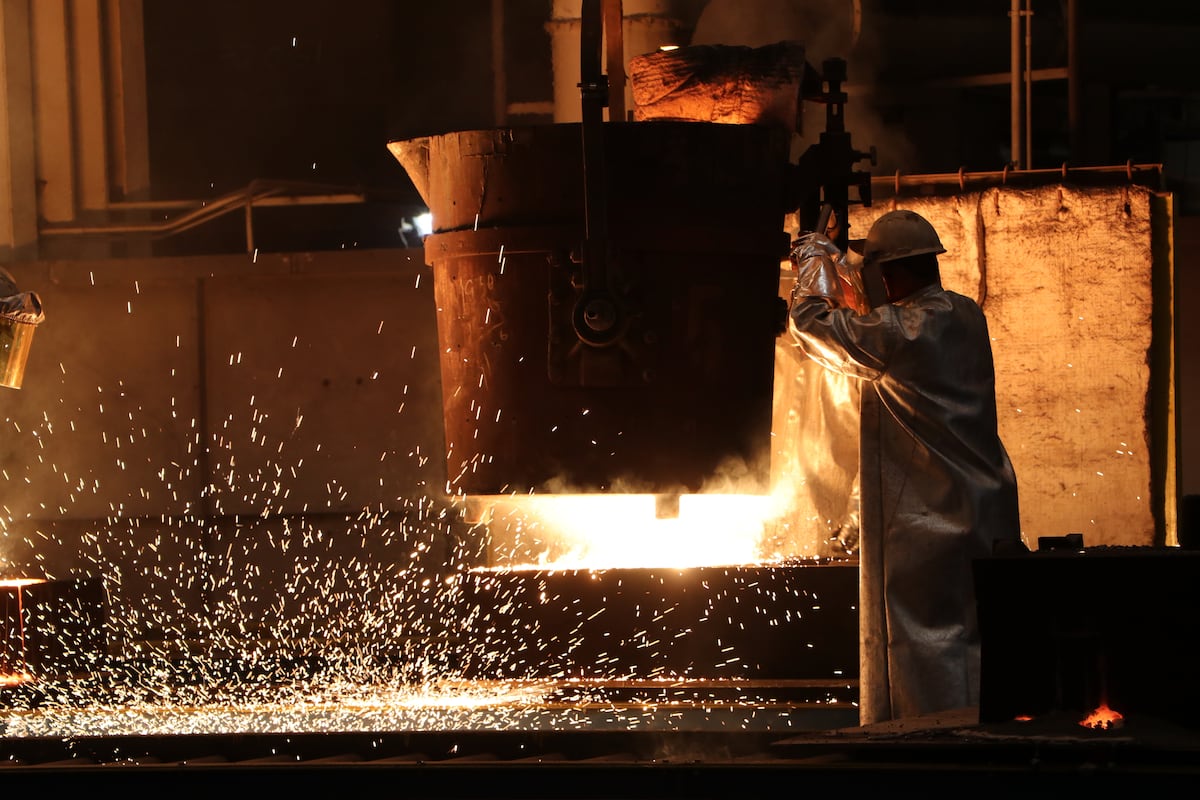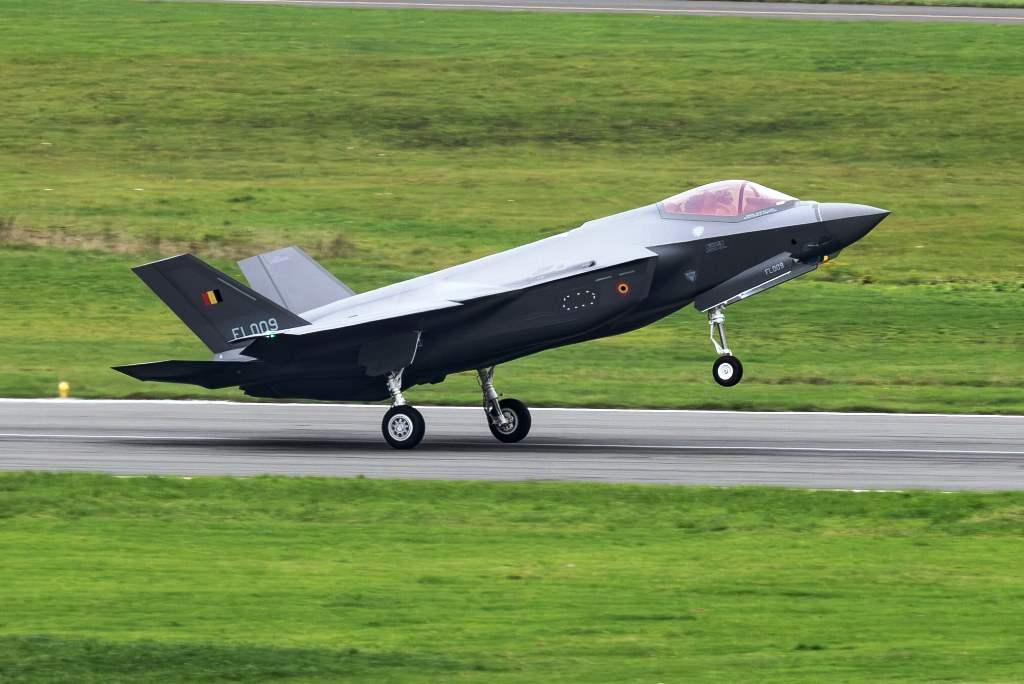Aselsan at 50: A New Era for Turkey’s Defense Electronics Sector
The 50th anniversary of Aselsan, a leading player in Turkey’s defense electronics industry, marks a pivotal moment in both the company’s history and the broader geopolitical landscape. Established in 1975 by four visionary engineers in a modest apartment in Ankara, Aselsan has evolved into a cornerstone of military technology, demonstrating resilience and adaptability in an ever-changing global security environment.
Evolution and Global Expansion
Beginning as a licensee for Philips military radios amidst a U.S. embargo on communication technology, Aselsan’s growth trajectory has been remarkable. The company has significantly expanded its product offerings, now employing over 13,000 personnel and holding contracts with 93 international clients. The ambitious target to surpass 100 clients is indicative of its robust global positioning.
- Key Developments:
- Transitioned from producing obsolete military radios to advanced defense systems.
- Increased focus on conventional warfare technology during a shift in military demands.
- Anticipated revenue is projected to approach $4 billion by year-end 2025.
Ahmet Akyol, Aselsan’s President and CEO, emphasized the company’s proactive strategy to tap into rising defense investments worldwide. As governments increasingly allocate resources toward deterrence, Aselsan’s innovations in technology are crucial for maintaining peace and security.
Strategic Investments and Workforce Development
Aselsan’s commitment to research and development (R&D) is a cornerstone of its operational philosophy. The company allocates 7% of its annual revenues to R&D, exceeding $200 million based on 2024 results. This investment not only drives technological innovation but also ensures a skilled workforce—65% of whom are engineers—contributing to a youthful company culture with an average employee age of 33.
Key Workforce Insights:
- Average employee tenure: 10 years.
- Over 7,500 staff engaged in R&D across 11 specialized centers.
- Production strategies favor high-technology in-house processes, while standard manufacturing is outsourced to a network of 5,600 suppliers.
Innovative Solutions and Future Technologies
Aselsan continues to spearhead advancements in defense systems, focusing on cutting-edge technology and modernization. Exciting developments include:
- Antidot Standoff Jammer: A sophisticated jamming solution for unmanned aerial vehicles (UAVs) that is currently unmatched in the market, showcasing Aselsan’s innovation and responsiveness to customer needs.
- Airborne Early Warning Systems: A collaboration with Baykar to develop UAV solutions capable of operating closer to hotspots, aiming to redefine air defense strategies.
The Steel Dome air defense system represents another milestone in Aselsan’s portfolio, reflecting anticipatory planning and the willingness to tap military feedback into product development.
Infrastructure and Technological Advancements
The Gölbaşı campus near Ankara, hosting Aselsan’s significant division of Radar and Electronic Warfare, will soon undergo major expansions. The “Foundations for the Next 50 Years” ceremony, attended by Turkish President Recep Tayyip Erdoğan, highlighted the establishment of the new Oğulbey Technology Base. This facility is projected to double Aselsan’s operational capacity and includes amenities designed to enhance the quality of life for employees.
Upcoming Projects:
- Oğulbey Technology Base:
- Total Area: 6.5 million m², with 735,000 m² of built facilities.
- Investment: Approximately $1.5 billion.
- Focus on integrating Artificial Intelligence across operational processes.
Nurturing Future Supply Chains
Aselsan aims to fortify its supply chain, ensuring over 80% of subsystems are produced in Turkey. This local focus not only supports small and medium-sized enterprises (SMEs) but enhances resilience against international supply chain disruptions.
- MRO Investments: Planned Maintenance, Repair, and Overhaul (MRO) centers abroad to better support a growing base of international clients.
- Subcontractor Collaborations: Strategies designed to maintain efficiency, ensuring that subcontractors can meet expanding production demands.
Conclusion: A Vision for the Future
As Aselsan embarks on its next 50 years, its roadmap demonstrates a good balance between innovation, workforce development, and infrastructure enhancement. By investing significantly in human capital, embracing emerging technologies, and adapting its production capacity, Aselsan is poised not merely to respond to the evolving defense landscape but to shape it.
In a world where military necessities are increasingly complex, Aselsan’s forward-thinking approach may well serve as a model for other nations looking to secure their technological and defense futures.





